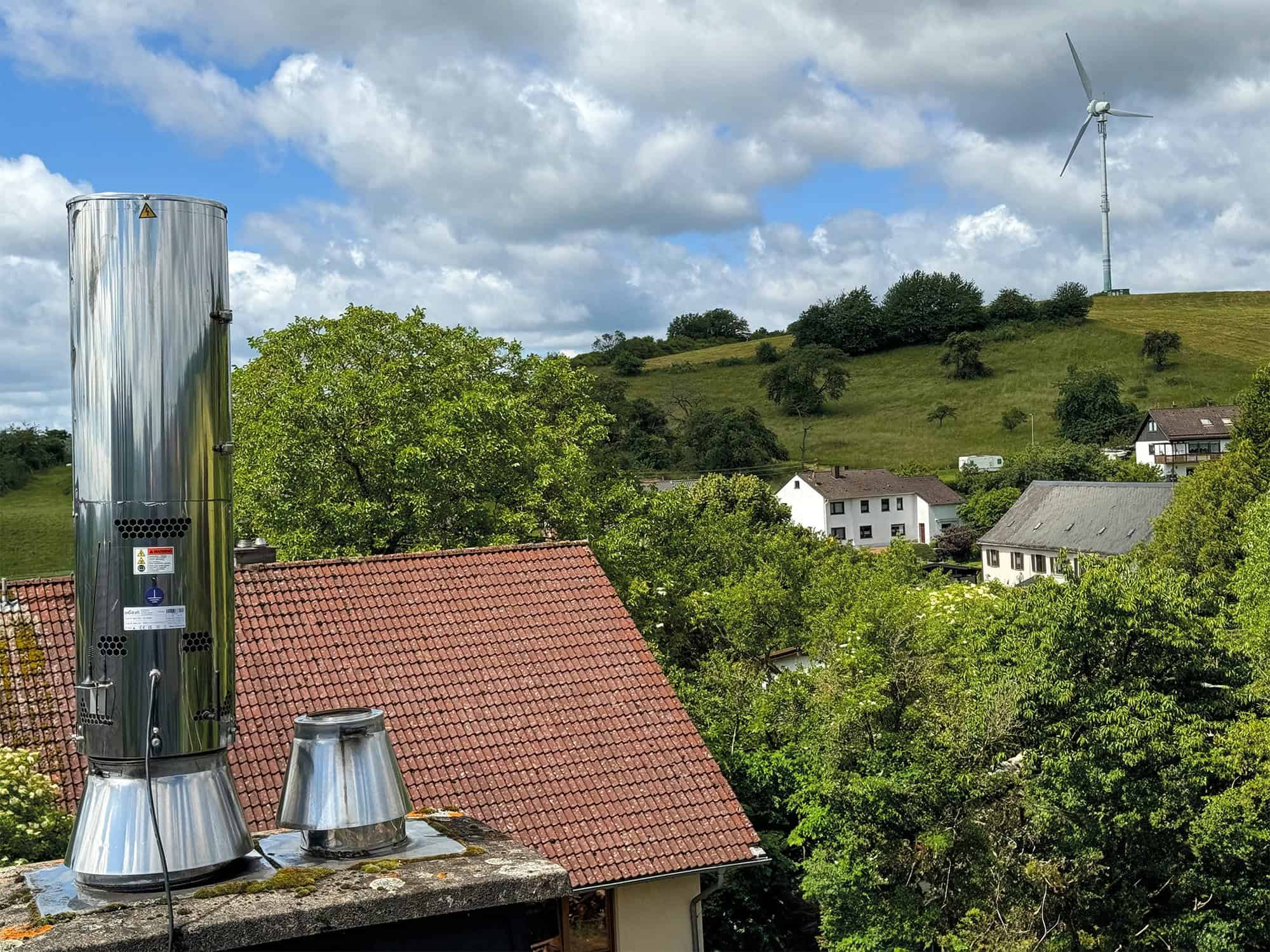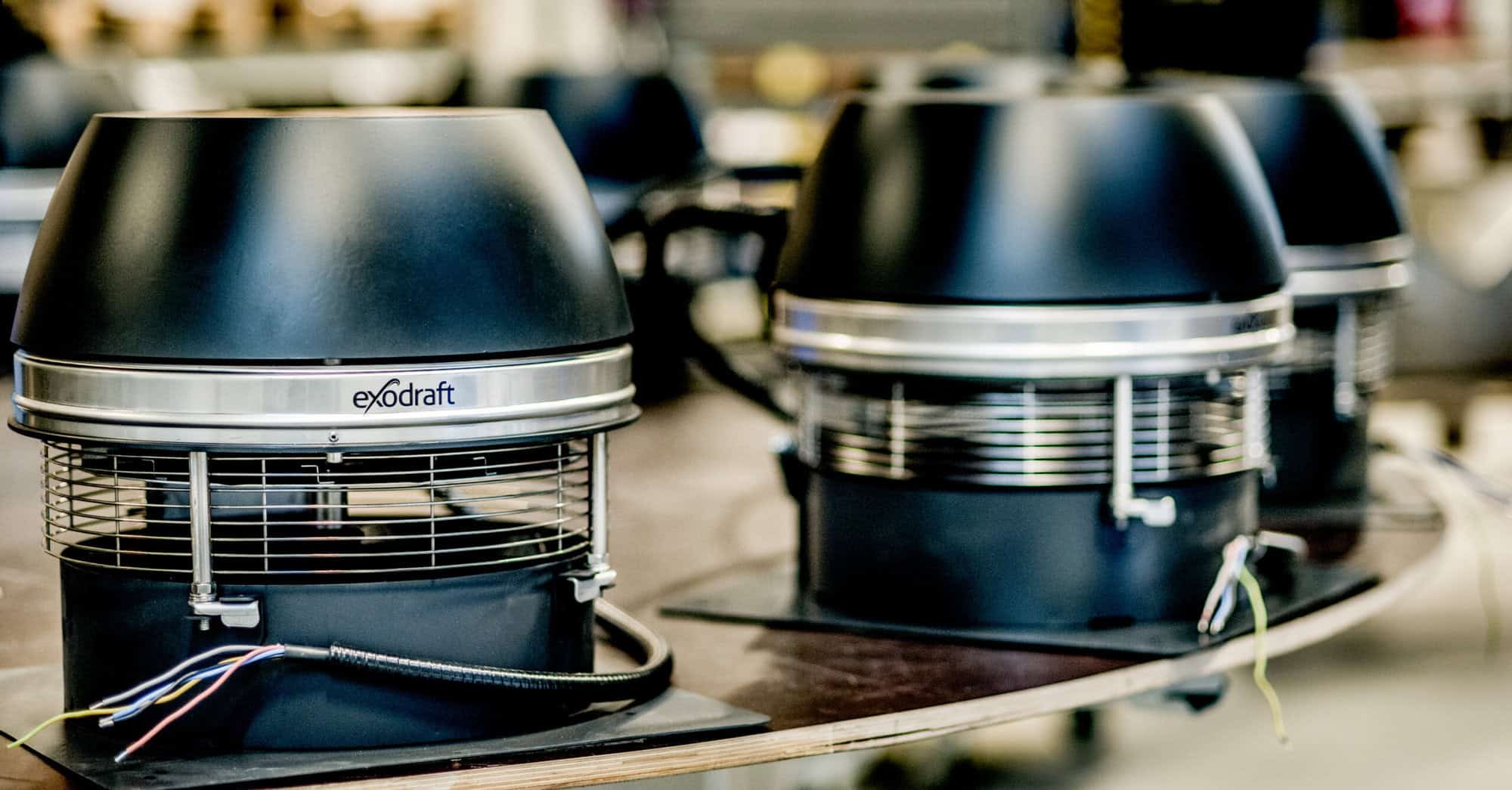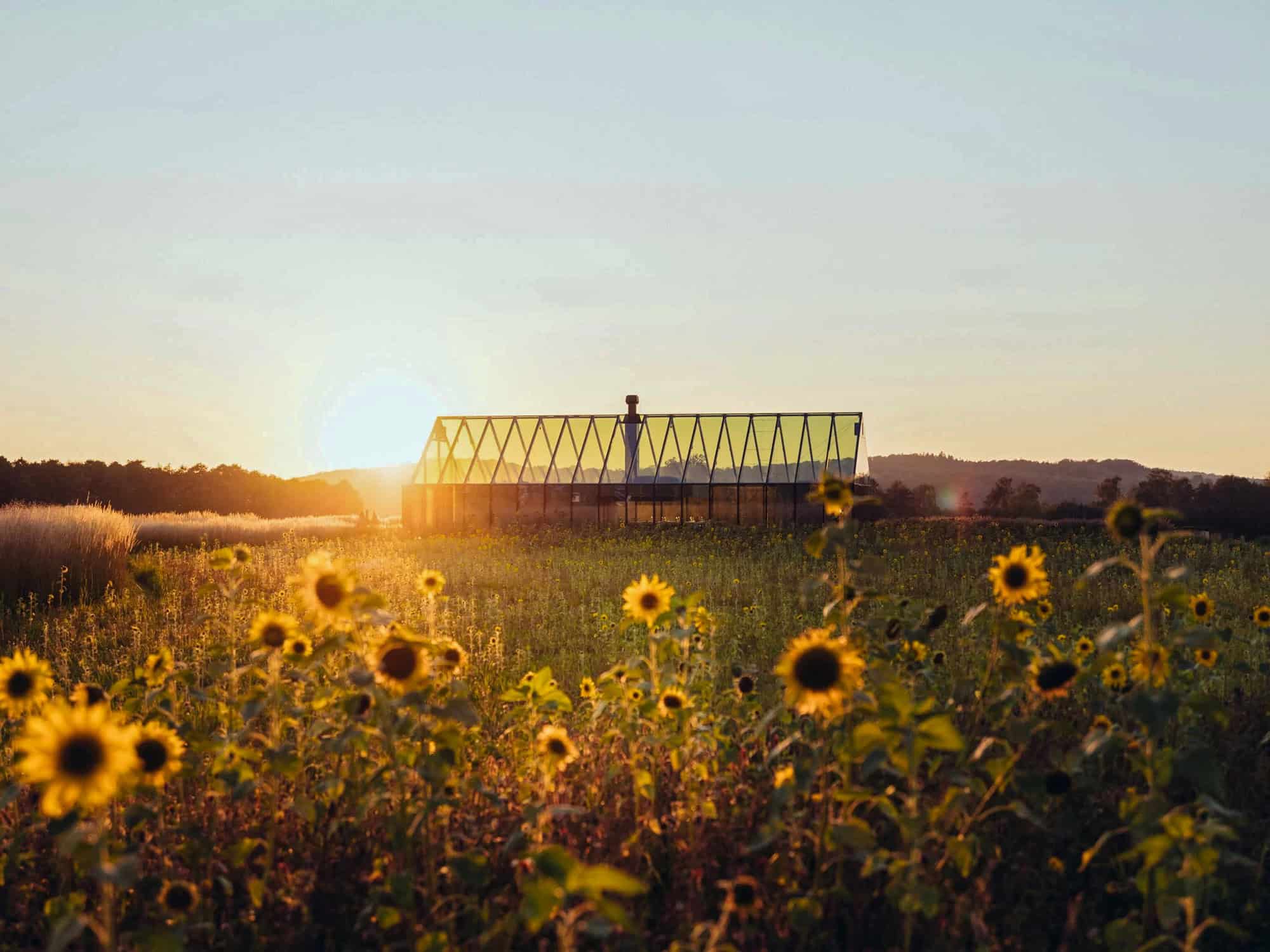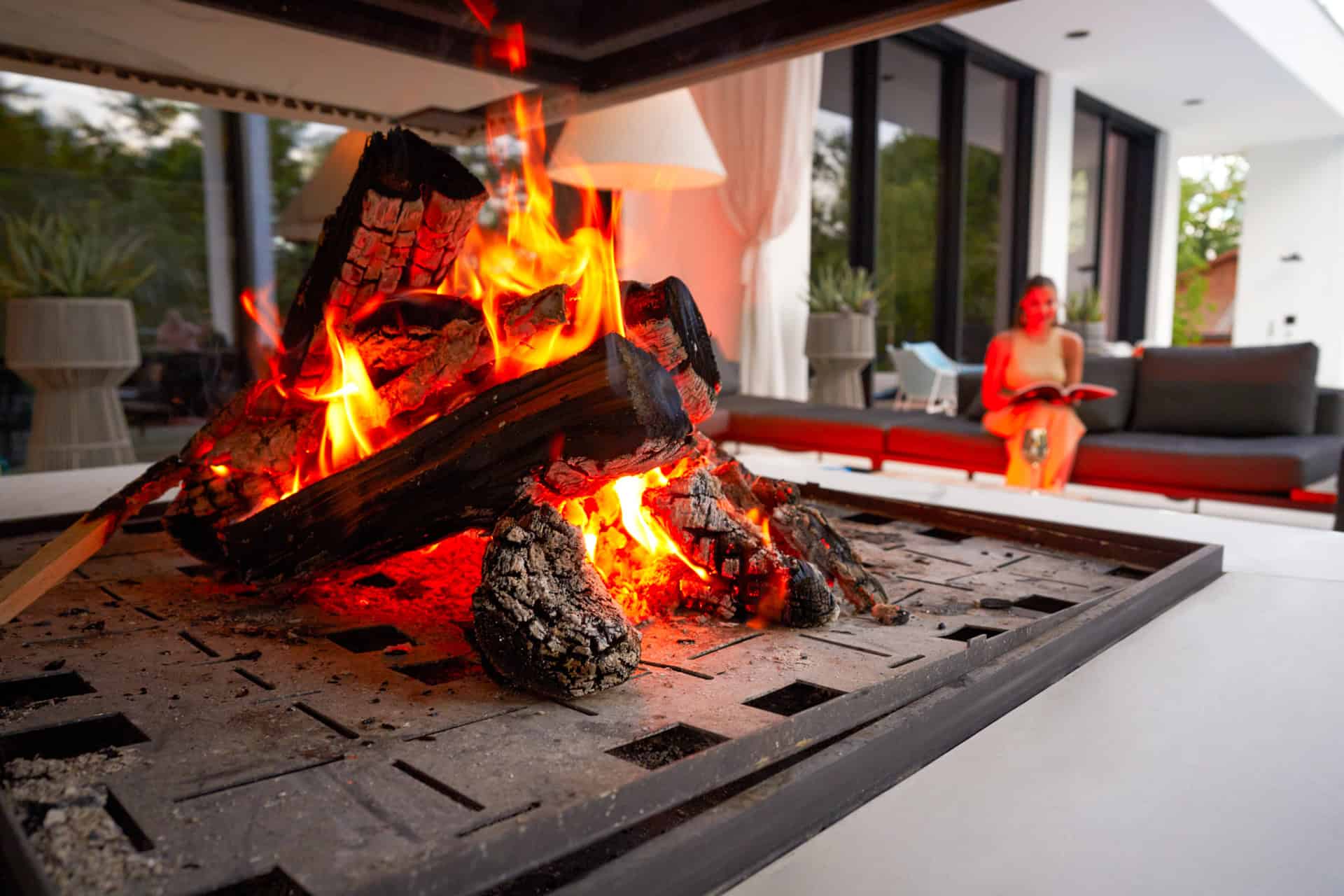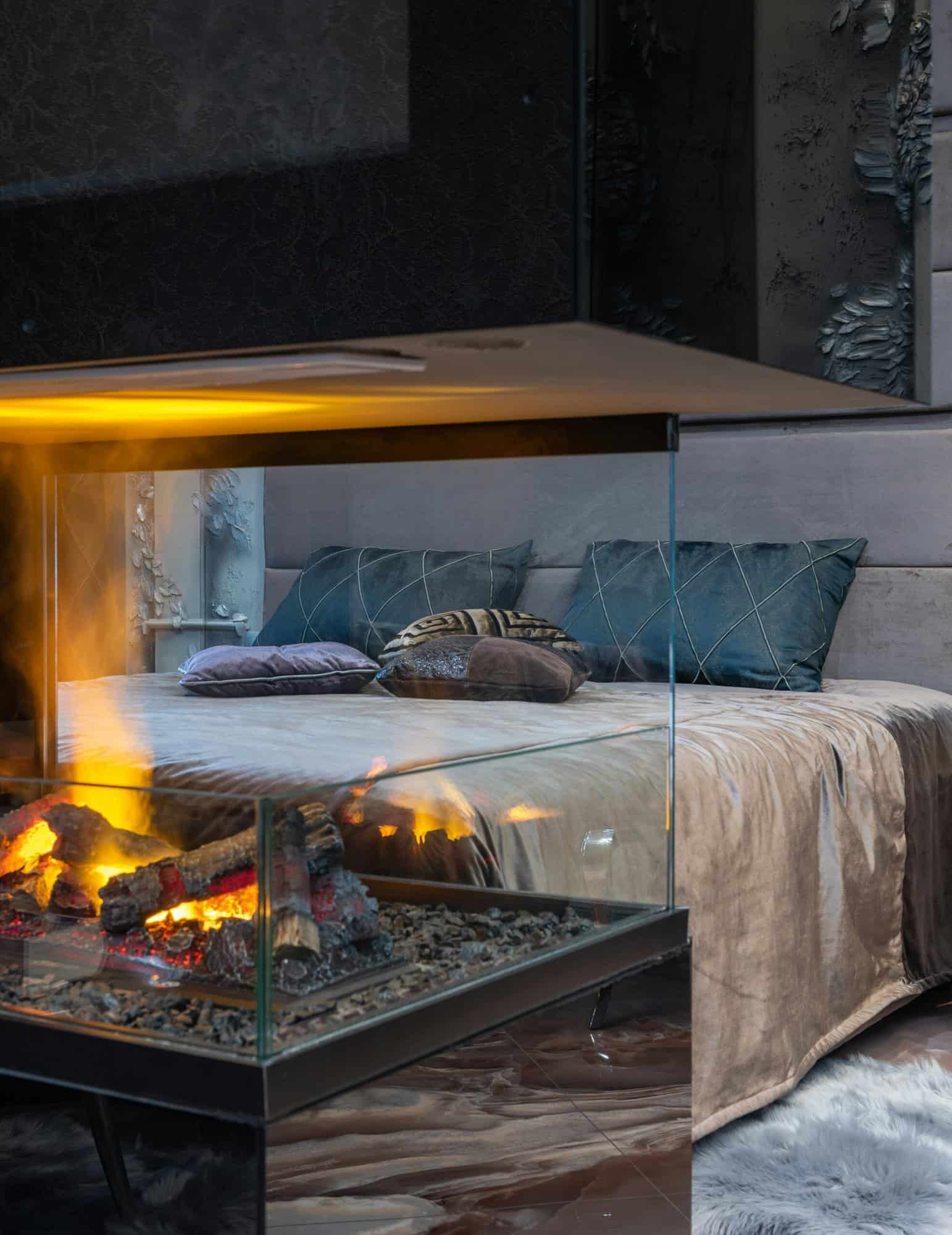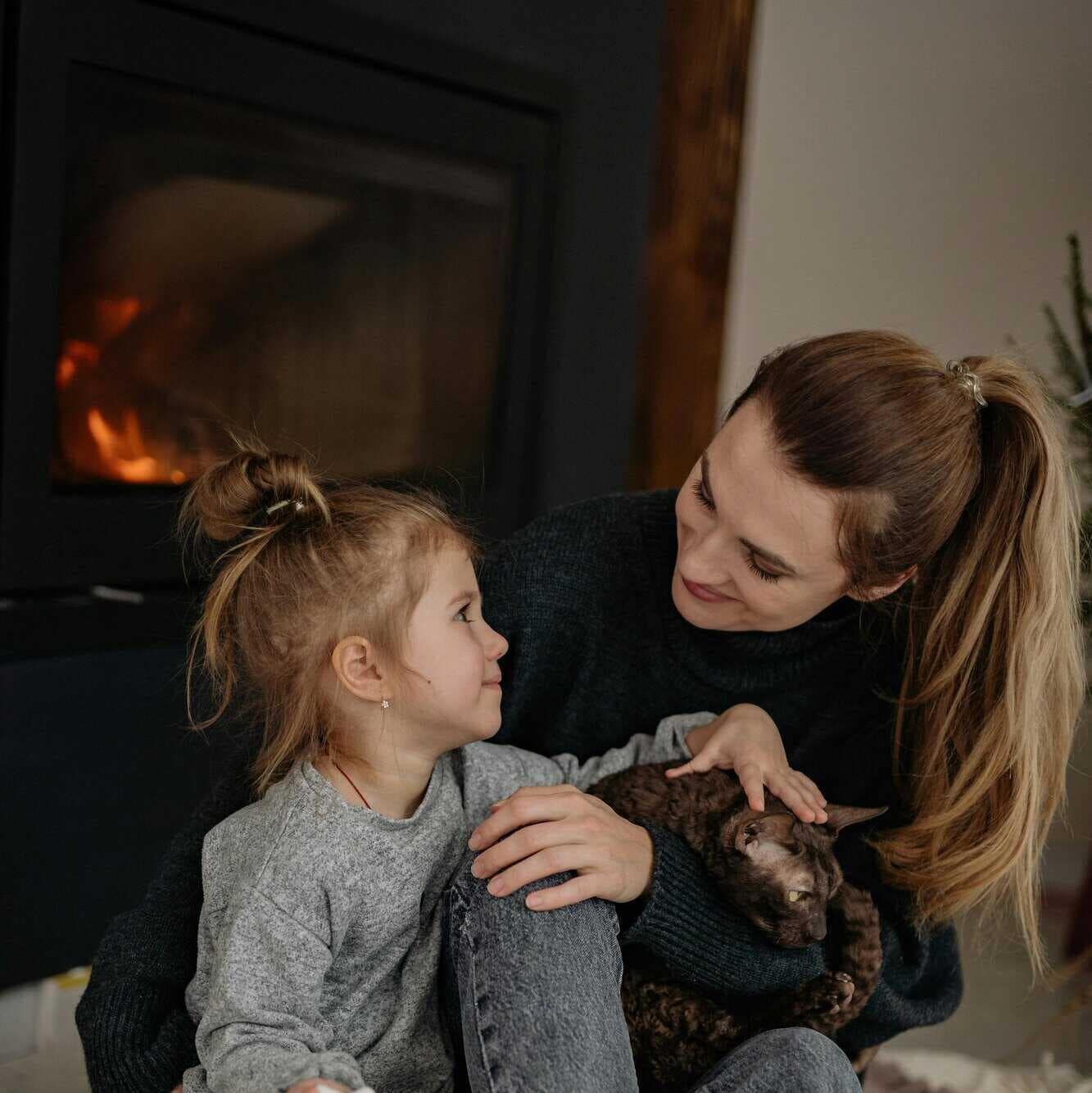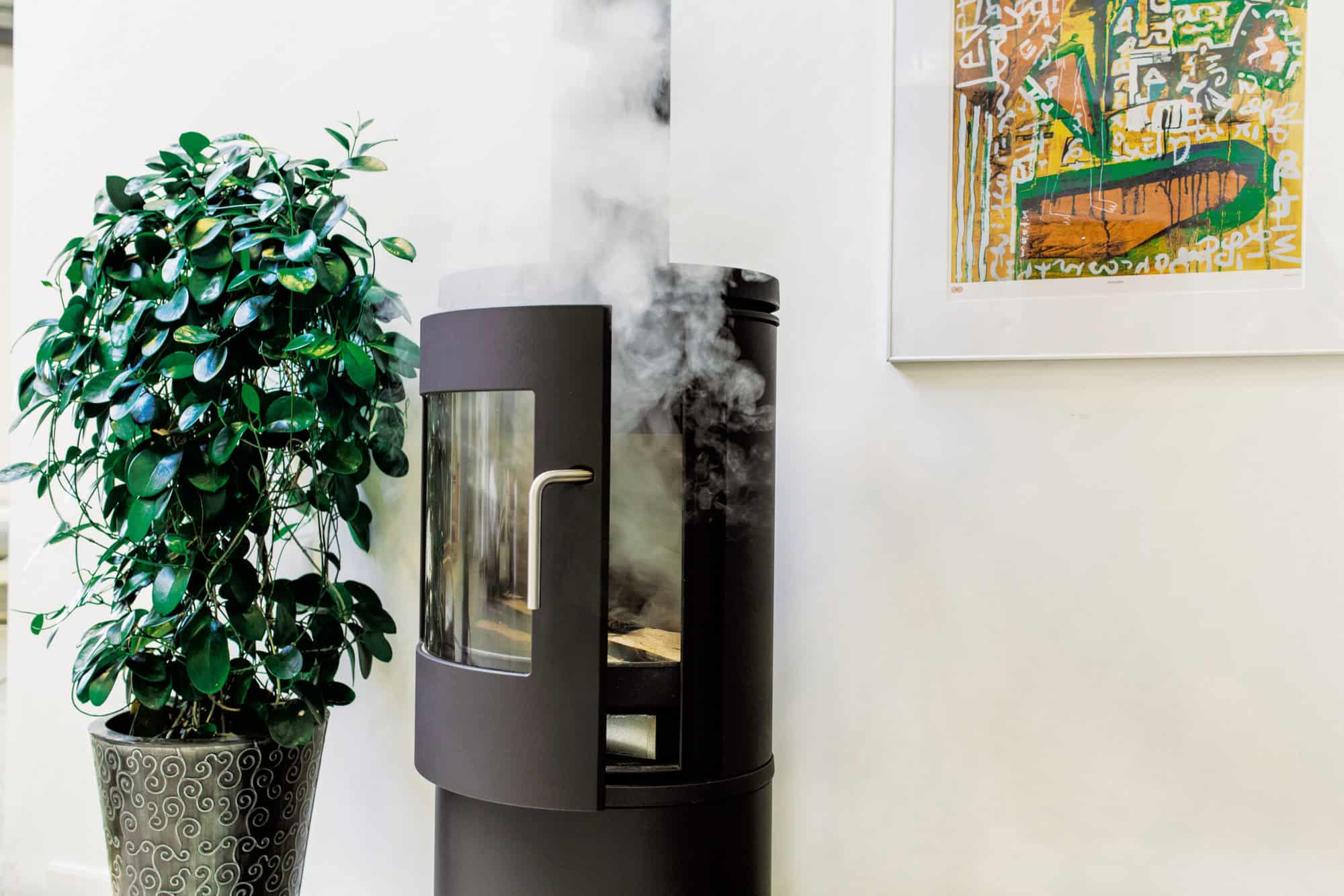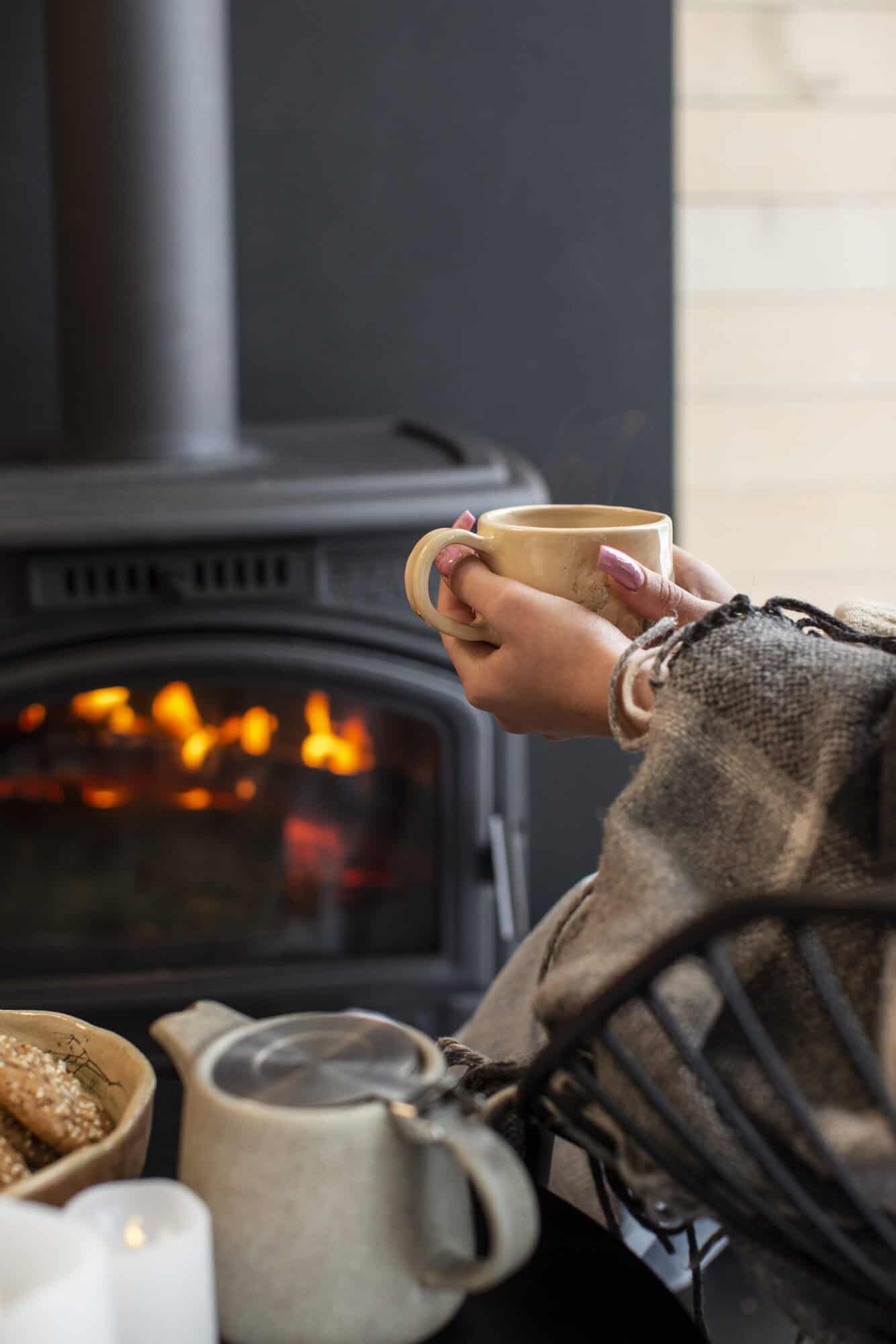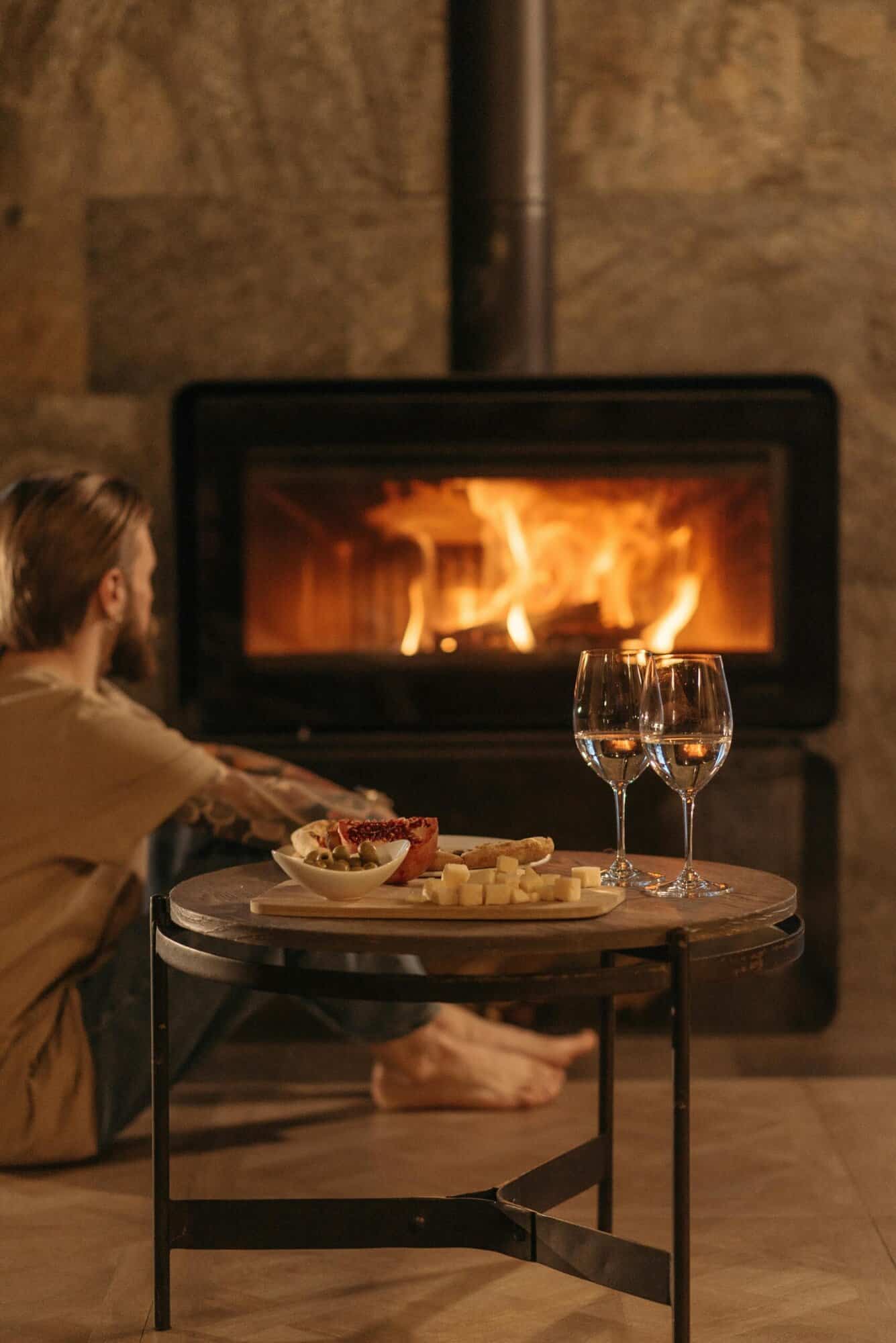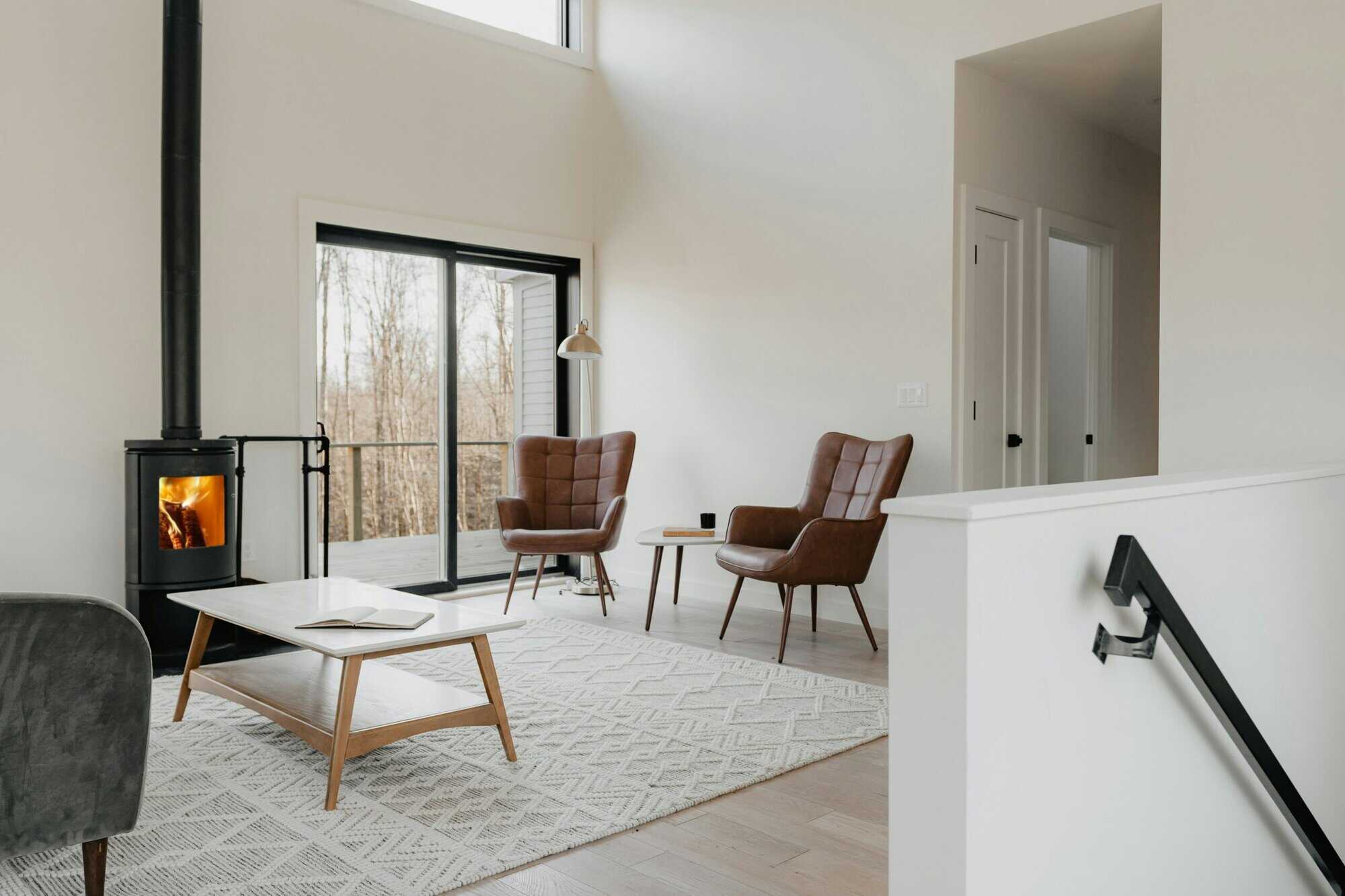Indoor climate and health
26. juni 2025 · 7 min
Why Does My Log Burner Give Me a Headache?
A log burner should provide warmth and comfort, but if it’s giving you headaches, it could be a sign that something is wrong. Poor ventilation, smoke leaks, and carbon monoxide (CO) exposure are common causes of indoor air quality issues that can lead to health problems. When a log burner operates correctly, smoke and combustion…
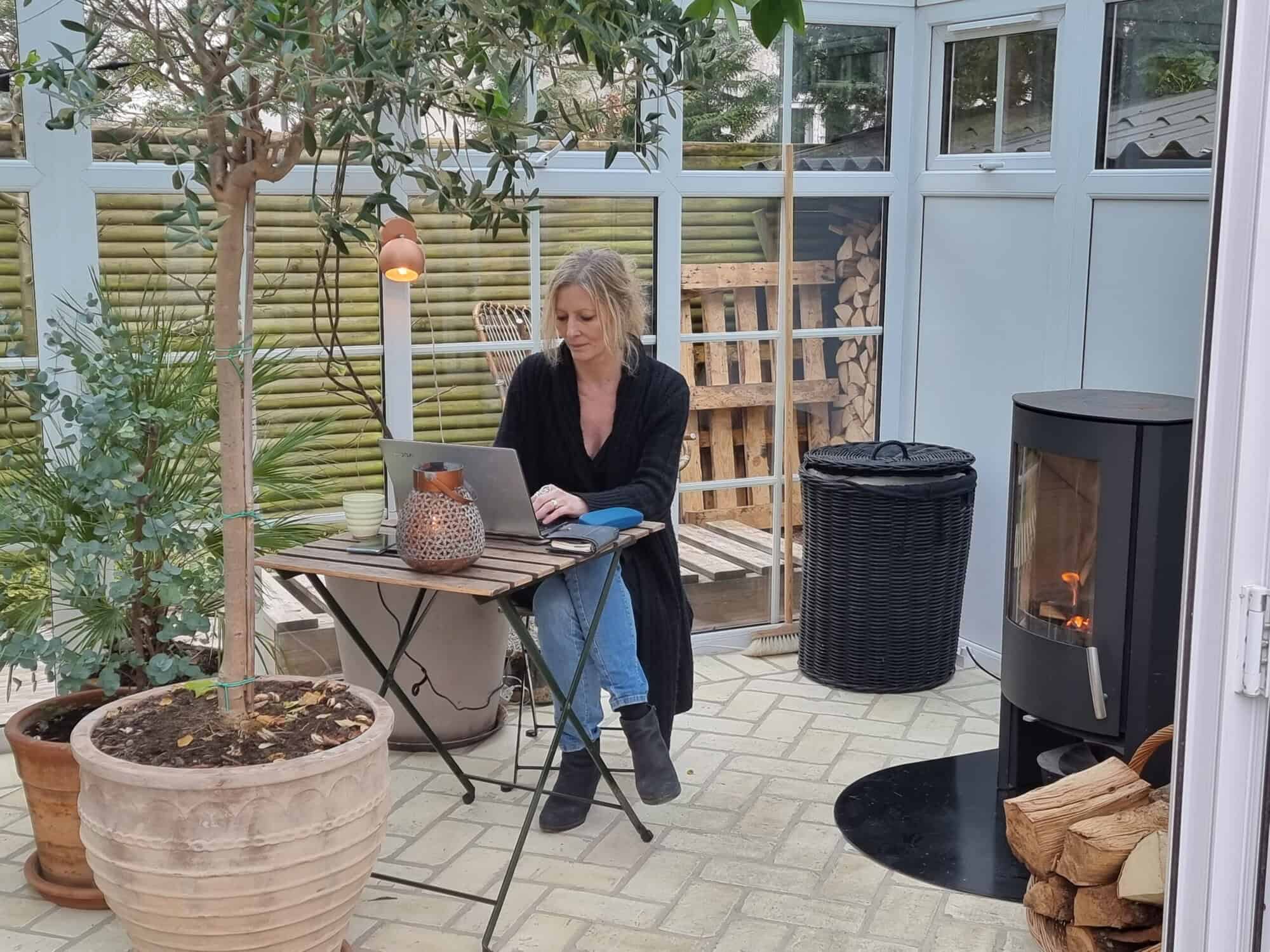
A log burner should provide warmth and comfort, but if it’s giving you headaches, it could be a sign that something is wrong. Poor ventilation, smoke leaks, and carbon monoxide (CO) exposure are common causes of indoor air quality issues that can lead to health problems.
When a log burner operates correctly, smoke and combustion gases should be vented outside through the chimney. If something disrupts this process, harmful pollutants can accumulate indoors, affecting air quality and causing serious health risks.
This article explores why a log burner might be causing headaches, how to detect CO and smoke leaks, and what steps you can take to improve air quality and safety.
Common Causes of Headaches from a Log Burner
If your log burner is causing headaches, it’s likely due to smoke or gases not venting properly. The three most common causes are poor ventilation, CO exposure, and fine particle pollution.
Poor Ventilation and Low Oxygen Levels
A wood-burning stove consumes oxygen as it burns. In airtight homes, a lack of fresh air can create stuffy conditions, leading to headaches and dizziness. If smoke lingers in the room, it can also worsen air quality.
Carbon Monoxide Exposure
CO is a colourless, odourless gas that forms when wood does not burn completely. Even low-level exposure can cause headaches, nausea, and dizziness, while higher levels can be life-threatening. CO buildup often results from:
- Weak chimney draft, preventing gases from escaping.
- Leaky stove seals or flue connections, allowing CO into the home.
- Incomplete combustion due to a lack of oxygen.
Smoke Leaks and Fine Particle Pollution
If smoke escapes from your stove instead of venting outside, it can cause respiratory irritation and headaches. Fine particles (PM2.5) in wood smoke can enter the lungs and bloodstream, affecting overall health. Common causes of smoke leaks include:
- Burning wet or unseasoned wood, which produces excess smoke.
- Poor chimney draft causing backflow.
- Leaks in stove doors or flue pipes.
How a Chimney Fan Solves Smoke and Odour Issues
A chimney fan is one of the most effective solutions for stabilising airflow and ensuring smoke is properly evacuated. By actively pulling smoke upwards, a chimney fan compensates for weak draft and counteracts negative pressure inside the home.
A well-functioning draft prevents smoke from lingering in the stove and ensures combustion gases are expelled efficiently. Without it, smoke can backflow into the home, creating an unpleasant odour and potential health risks. A chimney fan maintains constant upward airflow, preventing downdrafts and allowing for better combustion.
By improving airflow, a chimney fan also reduces indoor smoke exposure, minimising the buildup of fine particles and harmful gases inside the home. This not only enhances air quality but also reduces soot accumulation, lowering maintenance needs and the risk of creosote buildup in the chimney.
While a chimney fan is the most effective way to resolve smoke odour issues, other steps can further improve chimney performance.
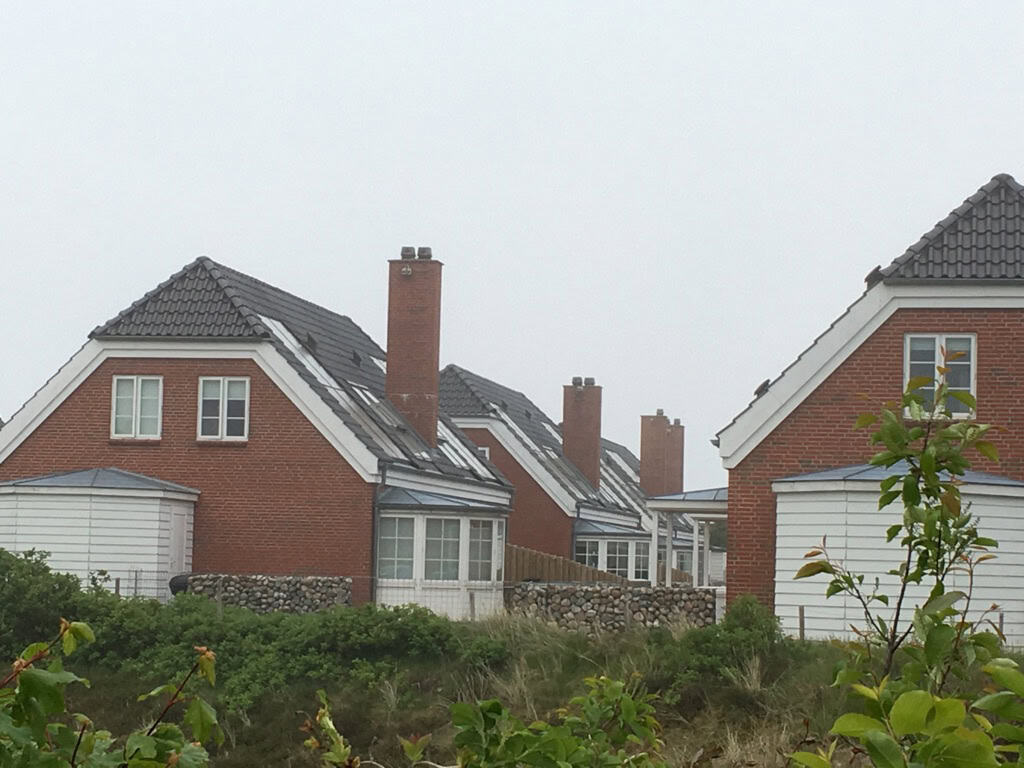
How Poor Chimney Draft Leads to Indoor Air Problems
A well-functioning chimney is essential for venting smoke and gases out of the home. If the draft is too weak, smoke and pollutants can linger indoors, leading to headaches and poor air quality.
A strong chimney draft creates an upward airflow that pulls smoke and gases out of the stove and up the chimney. If draft is weak, smoke may leak through stove doors or flue connections. Modern airtight homes can also create negative pressure, where extractor fans pull air out, causing smoke to backflow into the room.
Creosote buildup inside the chimney can restrict airflow, further reducing draft efficiency and increasing emissions. Regular chimney maintenance is essential to prevent this problem.
The Dangers of Carbon Monoxide and How to Detect It
Carbon monoxide is known as the silent killer because it is invisible and highly toxic. When inhaled, it prevents oxygen from reaching vital organs, leading to serious health risks.
Recognising CO Poisoning Symptoms
CO poisoning symptoms are often mistaken for the flu or general fatigue. Common warning signs include:
- Persistent headaches and dizziness.
- Nausea, confusion, and difficulty concentrating.
- Shortness of breath or chest pain.
- Fatigue and weakness, even in well-rested individuals.
If multiple people in the household experience these symptoms when the stove is in use, CO exposure is likely the cause.
The Importance of a Carbon Monoxide Alarm
A CO alarm is the most effective way to detect dangerous gas buildup before symptoms appear. Every home with a wood-burning stove should have a CO alarm installed:
- Near the log burner, at head height.
- In bedrooms and other living areas, where people spend time.
- Checked regularly to ensure functionality.
While a CO alarm provides an essential early warning, the best way to prevent CO buildup is by improving ventilation and ensuring proper smoke evacuation.
How to Prevent Smoke Leaks and CO Exposure
If your log burner is causing headaches, it’s time to take action. The following solutions can improve ventilation, enhance chimney performance, and eliminate harmful emissions.
Install a Chimney Fan for Reliable Smoke Evacuation
A chimney fan is one of the best ways to stabilise airflow and ensure smoke and CO are vented outside. By actively pulling air up the chimney, it:
- Eliminates weak draft, preventing smoke from lingering indoors.
- Stops backdraft issues, ensuring gases don’t re-enter the home.
- Optimises combustion, reducing CO production at the source.
With consistent and reliable chimney draft, the risk of smoke leaks and indoor CO buildup is drastically reduced.
Check Stove Seals and Flue Connections
Even with proper ventilation, small leaks in the stove or flue can allow smoke and CO to escape before reaching the chimney. To prevent this:
- Replace worn-out stove door gaskets.
- Tighten flue pipe joints and seal any gaps.
- Inspect the chimney for cracks or structural issues.
A well-sealed stove and flue system keeps all emissions directed outside, preventing indoor smoke exposure.
Ensure Proper Ventilation and Fresh Air Supply
A log burner requires sufficient airflow to burn efficiently. If the home is too airtight, the stove may struggle to draw in enough oxygen, leading to poor combustion and increased CO production.
- Keep an air vent open nearby to allow fresh air in.
- Avoid using kitchen extractors or ventilation fans while the stove is running.
- Consider installing an external air supply, especially in modern airtight homes.
By implementing these measures — installing a chimney fan, sealing leaks, and improving ventilation — homeowners can eliminate smoke-related headaches and create a healthier indoor environment.

Making Your Log Burner Safer
If your log burner is causing headaches, it is likely due to poor chimney draft, smoke leaks, or carbon monoxide exposure. These issues can lead to serious health risks if not addressed.
The most effective solution is to install a chimney fan, which ensures proper smoke evacuation, eliminates weak draft, and prevents backdraft issues. Alongside this, homeowners should:
- Check and seal stove and flue connections to prevent leaks.
- Install a carbon monoxide alarm for early detection of dangerous gas buildup.
- Ensure proper ventilation, allowing fresh air into the home for efficient combustion.
By addressing these key factors, it is possible to eliminate smoke odour, prevent CO exposure, and create a safer and more comfortable indoor environment. With the right improvements, you can enjoy the warmth of your log burner without the risk of harmful emissions.
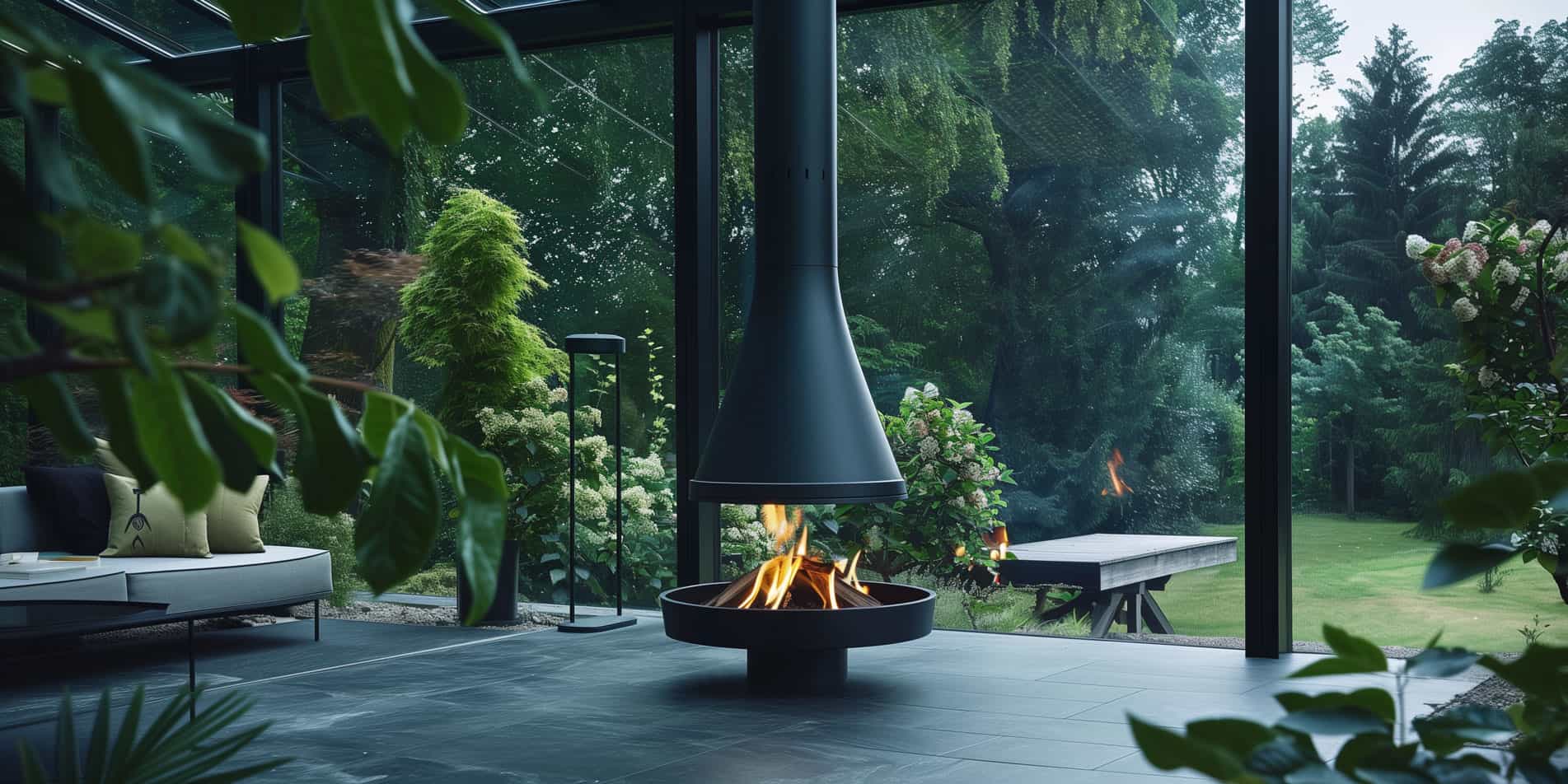
exodraft

